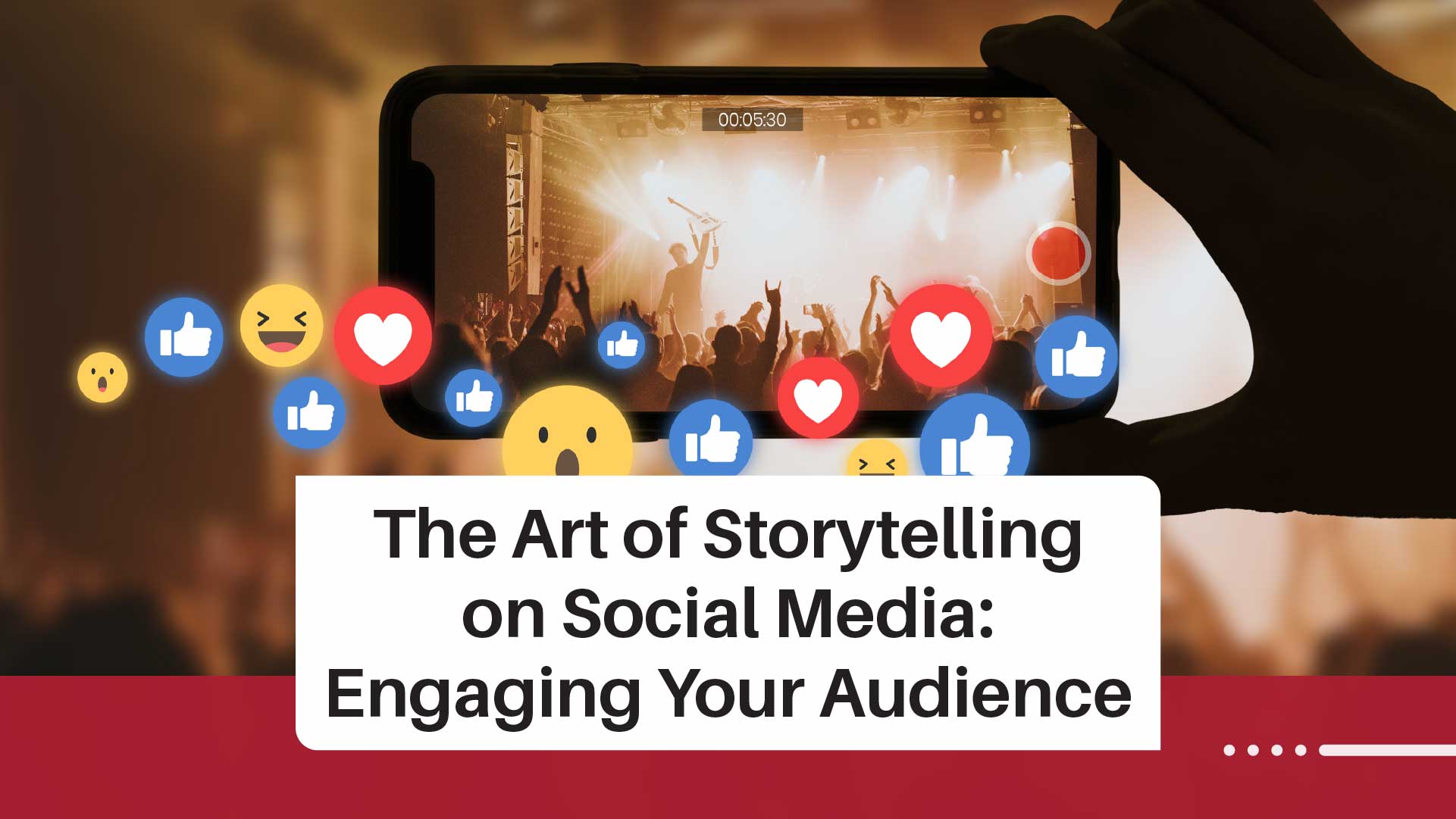Memes have become an essential part of internet culture and marketing. 94% of marketers have used memes in their campaigns, and 78% agree that memes improve social media engagement (Source: HubSpot).
However, with great marketing power comes great legal responsibility. Using memes without proper rights or attribution can put your business at risk. This post will explore how small businesses can tap into trending memes legally and strategically.
The Legal Landscape Around Memes
While memes seem informal, both copyright and trademark law apply. Nearly every image, video, or piece of content used in a meme is copyrighted. That means the original creator or owner has exclusive rights to distribute, modify, or display that content.
However, copyright has exceptions for "fair use," allowing you to utilize others' work for commentary, news reporting, and other transformative purposes without permission. This typically protects casual, non-commercial sharing of memes.
Where businesses get into trouble is attempting to capitalize or directly benefit from copyrighted memes without a license, using trademarked memes like Nyan Cat or Distracted Boyfriend in ads or merchandising risks legal disputes. Defamation is also a concern if memes spread false information, damaging reputations.
While memes are often seen as a free-for-all, the truth is that both copyright and trademark law apply to most meme content.
Copyright
Nearly every image, video clip, screenshot, or other media content used to create a meme is copyrighted. Under copyright law, the original creator or owner has exclusive rights to distribute, modify, display, or reproduce that content.
Posting a meme that incorporates someone else's copyrighted content without permission technically constitutes copyright infringement. However, copyright law also allows for "fair use" exceptions if the content is transformed into commentary, parody, or other transformative work.
This fair use protection generally applies to non-commercial sharing of memes. But it gets trickier when businesses attempt to leverage viral memes directly to promote products, services, or campaigns. Using recognizable media like popular reaction GIFs or screenshots in ads requires getting licenses.
For example, brands have gotten in trouble for using edited film stills in social posts or unauthorized song clips in video marketing. Failure to secure rights before benefiting from memes made with others’ copyrighted source material risks legal disputes.
Trademark
Separately, some memes have become so ubiquitous and iconic that they warrant trademark protection. For example, Grumpy Cat, Success Kid, Distracted Boyfriend, and other flagship memes have secured official trademarks. That gives the owners exclusive rights to use them commercially on merchandise, apps, or in advertising.
This means while sharing a trademarked meme in a casual social post may be permissible, fair use, directly advertising with one without permission treads trademark infringement grounds. Keyboard Cat and Nyan Cat owners have sued for unauthorized use of their trademarked memes in mobile games and marketing materials.
Defamation
There’s also a risk of defamation charges if a meme intentionally manipulates media to spread false information about a person, business, or product that damages reputation or credibility. Lawsuits have been filed over memes making incorrect claims or mocking private individuals without consent.
Tips for Legally Using Memes in Marketing
With the proper strategy, your business can safely incorporate internet humor and trends to engage audiences:
- Vet memes through legal experts and get written consent from identifiable people.
- Tap free image databases like Unsplash, but double-check licenses.
- Credit original creators and link to their sites, driving traffic.
- Remix trending formats into your own new original memes customized for your brand.
- Focus any monetization or advertising around your own meme creations rather than popular viral memes.
Executing a Meme Marketing Campaign
The most legally airtight and brand-safe approach is to develop your own original memes or remix current trends into fresh new humor. Some best practices:
- Use meme generators to mock up concepts
- Test content internally to ensure it aligns with your brand voice before publishing
- Monitor engagement and iterate on the highest-performing ideas
- Pro Tip: Transform one hero image or meme into multiple versions tailored across platforms!
The most legally airtight and brand-safe approach is to develop your own original memes or remix currently trending formats into fresh new humor customized for your brand.
Ideation
Get creative about timely topics and trends you can put your own spin on. Monitor viral meme hashtags and observe which concepts ignite increased engagement. Meme creation tools like ImgFlip and Kapwing make it easy to mock up concepts.
Generate a wide range of ideas, then review internally to identify the ones aligning strongest with your brand voice and audiences. Vet any external media used through your legal team to ensure proper licensing.


Customization
Once you've isolated your winning ideas, adapt the content across formats tailored to different platforms. For example, splice a video meme into photo content sizes suited for Facebook and Instagram feeds. Transform a horizontal image into a vertical Twitter banner. Repurpose snackable meme excerpts into LinkedIn posts.
Tailor the copy and captions while keeping the core concept consistent. This helps expand your reach and resonance across channels. Treat meme concepts like visual assets that transcend any one placement.
Promotion
With your memes primed for each platform, develop a release schedule that aligns with peak engagement windows for your audiences. Use promotions tools like Hootsuite to publish, and schedule memes intermixed with your other content.
Closely monitor performance analytics week-over-week and double down on the specific memes igniting the highest response. Pay attention to top-performing platforms as well. You may uncover an ideal new visual voice and channel for ongoing meme content that strongly resonates with your customers.
Optimization
Continue iterating on meme concepts that gain traction, introducing fresh takes, new angles, and timely new commentary using those proven templates. Try to establish a few anchored meme series that become a signature to your brand and marketing.
Analysis of meme performance data coupled with listening closely to social conversations around your memes provides clues on how to fine-tune tone, customize references, and localize humor to deepen engagement cycle after cycle.
Conclusion
With the right legal knowledge, creative strategies, and monitoring, memes can become a staple of your digital marketing campaigns. Just remember to vet any external content used, emphasize your original humor, and steer clear of directly commercializing others' viral ideas without express permission.




